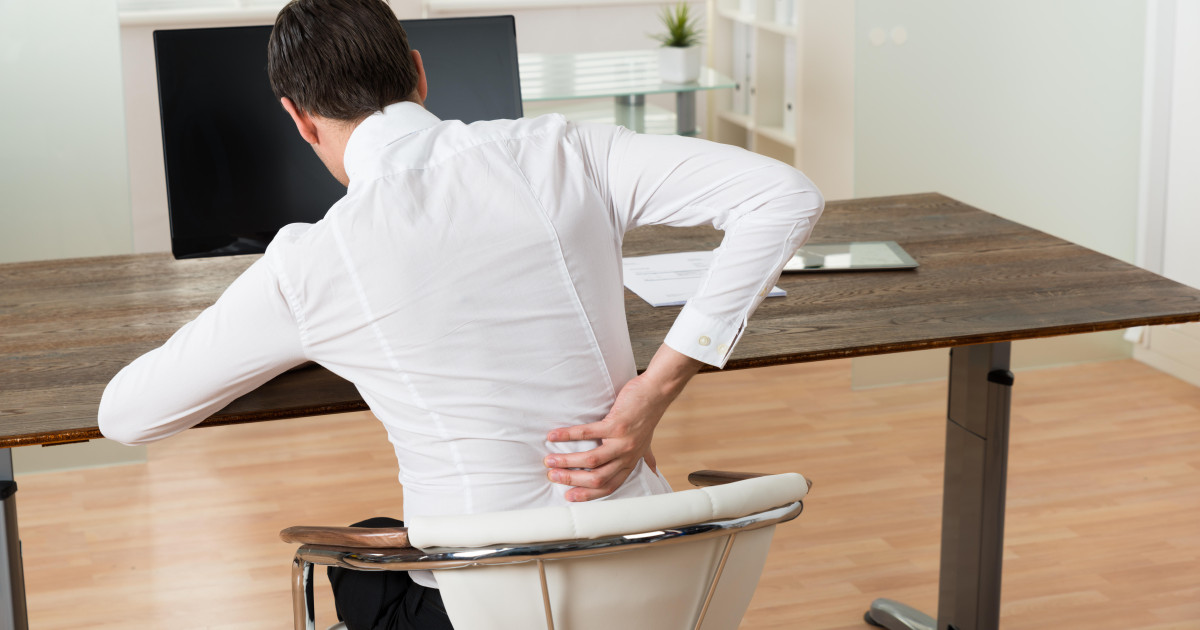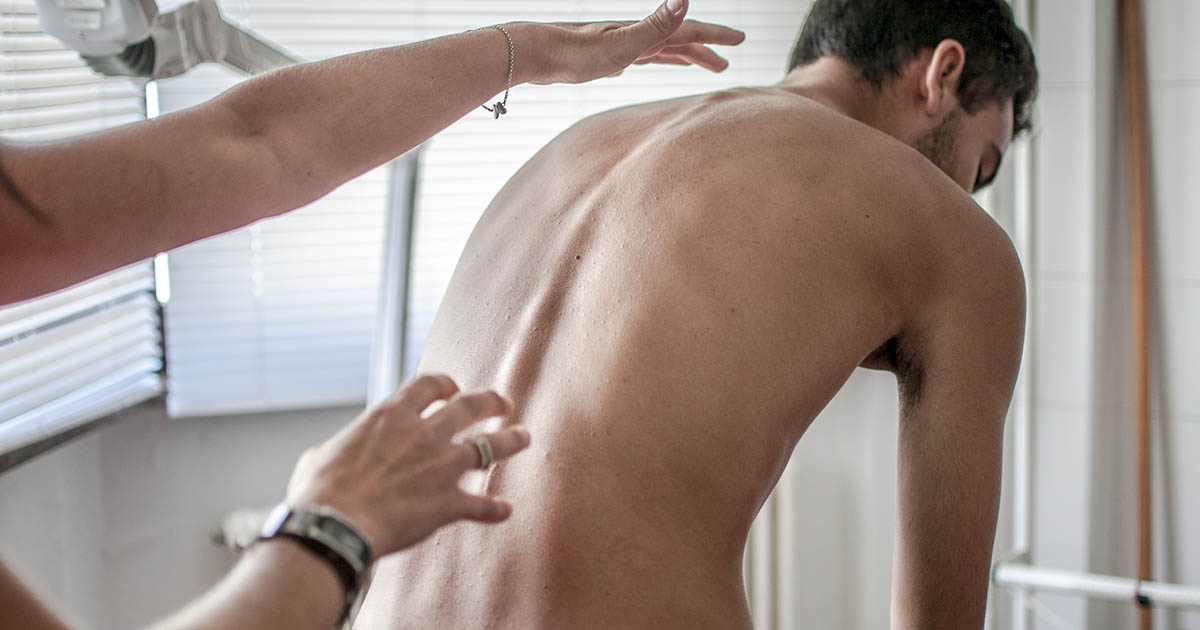Symptoms Of Kyphoscoliosis
Kyphoscoliosis is an irregular spinal curve on two different planes simultaneously. The abnormality is on the side to side plane or the coronal plane, and on the back to the front plane or the sagittal plane. The term is created from a combination of two irregular spine conditions called scoliosis and kyphosis. In scoliosis, the spine twists sideways abnormally, and in kyphosis, the spine twists forward or backward abnormally. This condition can happen at any stage of life and can be present at birth as well. There is no known cause of kyphoscoliosis in eighty percent of diagnosed cases. There are varying levels of severity to kyphoscoliosis, and some patients have adverse effects on the heart and lungs, while others have a barely noticeable back slouch or hunch.
Learn about the major symptoms of kyphoscoliosis now.
Persistent Back Pain

Persistent back pain can result from problems with the discs in the spine due to the abnormal placement of the vertebra. Spinal discs are joints made of cartilage that hold the spine's vertebrae together and act as shock absorbers between them. Kyphoscoliosis can cause these spinal discs to thin out, which results in continuous back pain. It can also cause degeneration of the discs, which also manifests as persistent spinal pain. Spinal disc herniation and spinal disc bulges can cause a debilitating backache or pain that is a result of the abnormal rubbing together of the vertebra. When an injury occurs in an individual with kyphoscoliosis, the spinal joints can become dislocated and may even fracture from the irregular position in relation to each other. Kyphoscoliosis can cause nerve pain in the back because the irregularly aligned and positioned vertebra may compress and or pinch the nerves that branch out from the spinal cord. Back pain caused by kyphoscoliosis can also just be from the spine and the surrounding musculoskeletal system having to compensate constantly for the irregular posture and the abnormal gait that results from an S- or C-shaped back.
Keep reading to reveal more symptoms of kyphoscoliosis now.
Hunched Back And Uneven Shoulders

Because kyphoscoliosis is characterized by fifty degrees or more kyphosis combined with scoliosis, it usually causes deformity and misalignment of other parts of the musculoskeletal system such as a hunched back and uneven shoulders. When the spine develops along its path or curve and the curve is not normal, it can push the shoulders, hips, and waist, from their normal alignment position. Some cases show very subtle changes and the posture asymmetry is often the first visible sign to appear that indicates kyphoscoliosis. Often the head will not appear centered between the shoulders, one shoulder will sit higher than the other, and one shoulder blade will have a more prominent appearance. The human brain does not recognize the misalignment in the body's posture and does not signal to the muscles to correct it. The spine will continue to develop abnormally and push other body parts out of their alignments. An individual with kyphoscoliosis may also appear to have a hunchback or an excessive curve in the spine that results in a hump-like look in the upper back region. From the side, this will appear with the head in a more forward position in front of the shoulders instead of directly on top of the shoulders. The curve of the upper spine will jut backward, creating a hump.
Get details on more kyphoscoliosis symptoms now.
